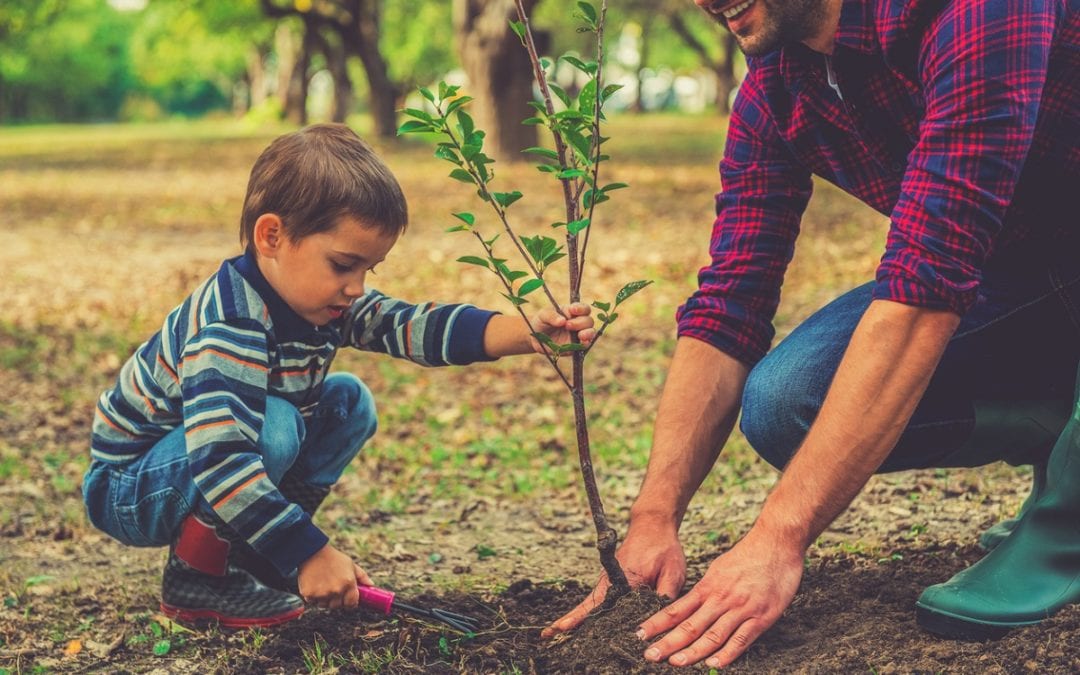Now that it seems as though spring has finally sprung, gardeners will be making their lists and checking them twice. No matter how long the winter actually is, it always takes forever to end. Since the outdoor chores that must be done conflict with more pleasurable activities, it may be hard to know where to start.
Plants were reeling when the temperatures plummeted suddenly after a really warm fall and we are still seeing the resulting damage to evergreens and tender shrubs. Don’t be too eager to remove these kinds of plants, or any other shrubs and woody perennials that aren’t showing signs of growth yet. Many like Caryopteris, Rose of Sharon, Hydrangea and Weigela are slow to bud out in the spring. If the twigs on your plants are still flexible and the tissue just under the bark is bright green, please give them until mid June.
We’re hoping for a spectacular year for magnolias, redbuds and crabapples. The long range forecasts are predicting a steady rise in temperatures. Wait to prune any spring flowering trees and shrubs like lilacs and azaleas until after the blossoms are completely spent. This will give your plants plenty of time to produce flower buds for next year. It is also past the time to do any dormant pruning on oaks or fruit trees. And you’ll want to wait to trim your evergreens until late June or early July. It isn’t necessary to treat pruning cuts, but if you are removing diseased branches, be sure to clean your pruning shears with Lysol spray or a 10% rubbing alcohol solution between each cut. This will prevent fungus and bacteria from moving to a healthy branch from a diseased one.
When planting trees and shrubs, pay particular attention to the depth of the planting hole. Improper planting depth is one of the top five reasons that plants fail. Dig the hole so that the depth equals the height of the rootball. This holds true for balled and burlapped trees and shrubs, as well as any container grown material. Don’t make the hole deeper as the rootballs, especially heavy ones, should sit on undisturbed soil. Use that saved energy to dig your holes wider instead.
Another reason that plants fail to establish is improper watering, both over and under. Establishing plants need about an inch of water per week, but some soils drain more slowly than others. At this time of year, check your soil every week. If the top 2 or 3 inches are dry, water the root zone slowly and deeply. Later in the summer, when the weather is really hot, you will need to check more often.
But the number one reason that plants fail is bad site selection. As eager gardeners stretch the hardiness envelope further and further, as the climate changes and as we become more adventurous in our choices, we run the risk of losing those very special plants. Give these more exotic trees and shrubs a fighting chance by placing them in locations that are appropriate to their needs. Many of us in the Garden Center are as avid plant geeks as you and are happy to share our experiences.
On a final note, we’d like to remind you to contact Diggers Hotline whenever planting any rootball larger than 6 to 8 inches. The phone number is 800-242-8511. They also have an extremely easy-to-use on-line locator at www.diggershotline.com. This procedure is so simple to follow and it’s better to be safe than sorry.


